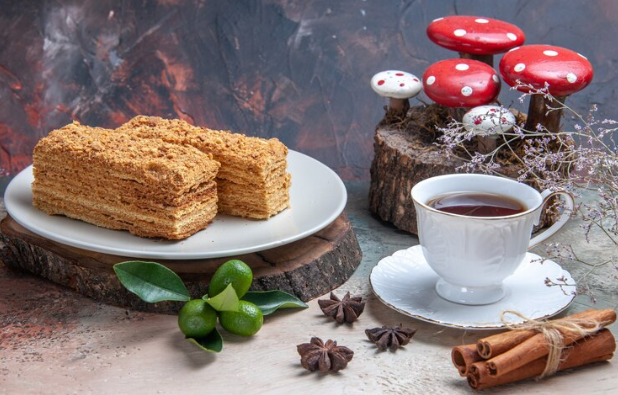Is Coffee Cake an American Thing? Coffee cake a term that conjures images of cozy morning gatherings and the sweet aroma of baked goods paired with a fresh pot of coffee. Despite its name, coffee cake does not typically contain coffee as an ingredient. Instead, it is a cake meant to be enjoyed alongside a cup of coffee. The name itself reflects more of a serving suggestion than an ingredient list. This pairing tradition has been embraced widely, making coffee cake a popular choice for brunches and casual meetings.
Coffee cake’s appeal lies in its versatility and the variety of flavors it encompasses, from cinnamon and fruit to rich nut fillings. Each slice offers a sweet, crumbly texture that complements the boldness of coffee, creating a perfect balance that delights the palate. But is this delectable treat truly an American invention, or does it have deeper roots in other culinary traditions?
Clarifying the Common Misconception
It’s a common misconception that coffee cake should, by virtue of its name, contain coffee. However, this is not the case. The essence of coffee cake is not in its ingredients but rather in its cultural placement as the perfect accompaniment to coffee. It is designed to enhance the coffee-drinking experience, not to mirror its flavors.
This introductory section sets the stage for a deeper exploration into the historical origins of coffee cake, its evolution, and its place within American culture. As we peel back the layers of its history, we will discover how various influences have shaped this beloved dessert into what it is today. Stay tuned as we delve into the rich history and evolution of coffee cake in the next section.


